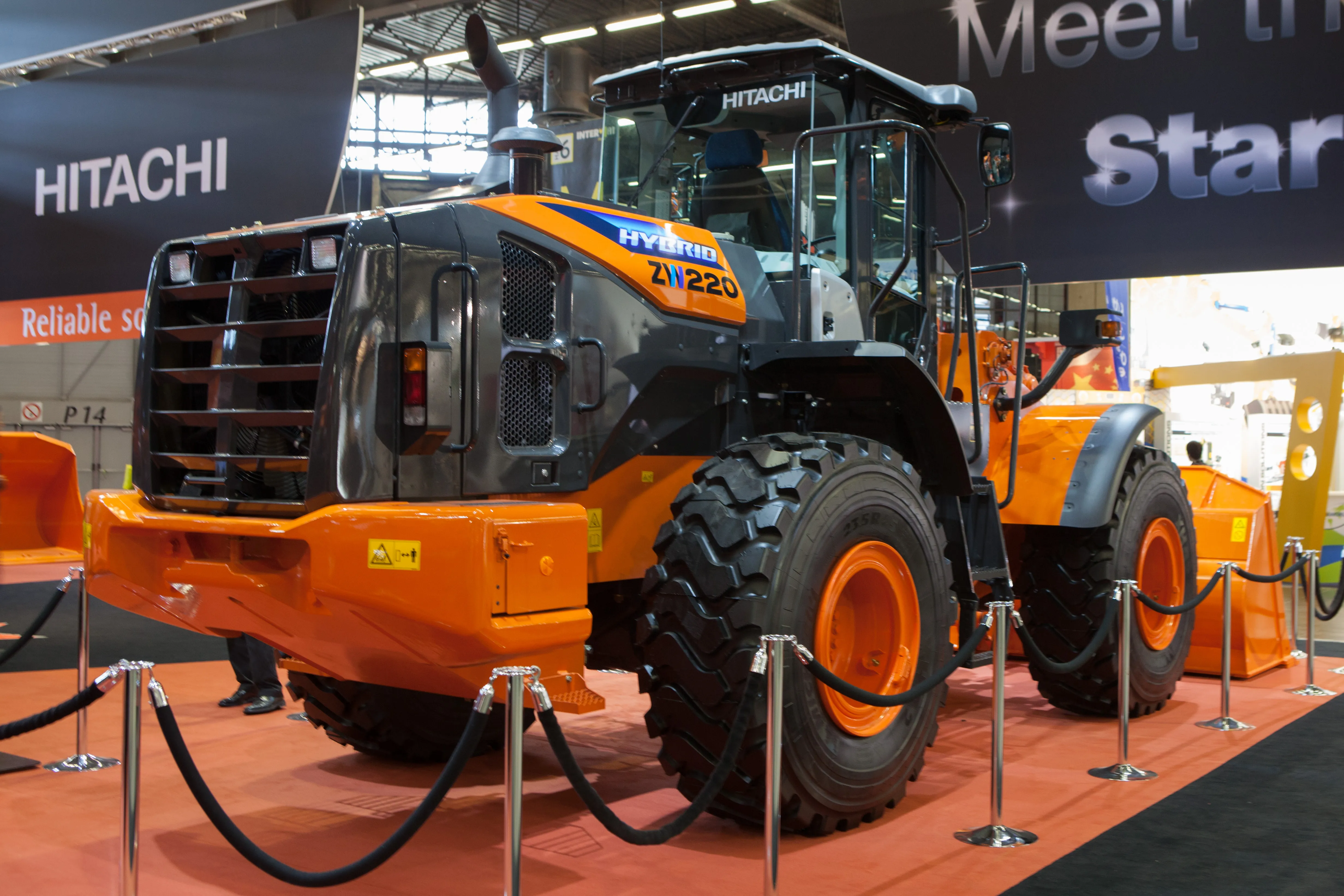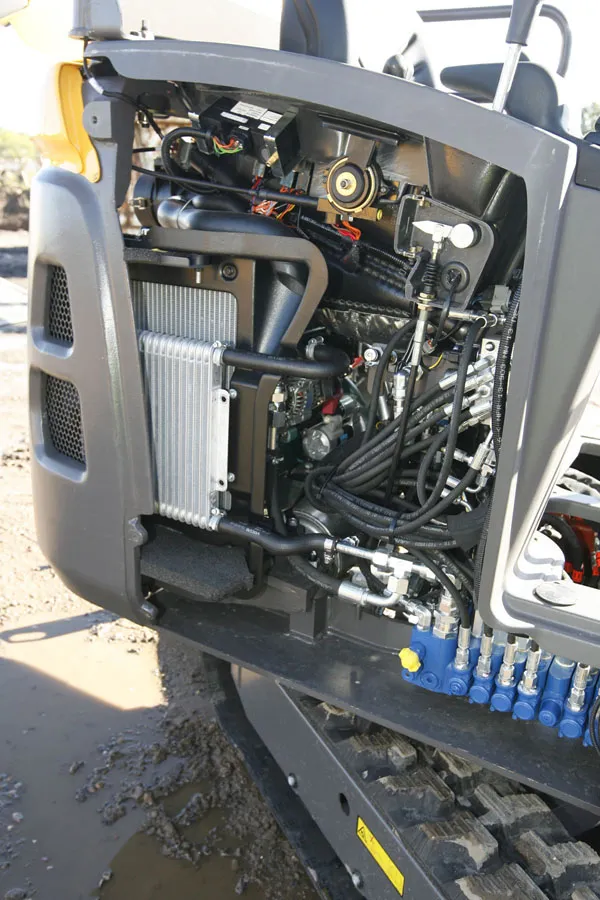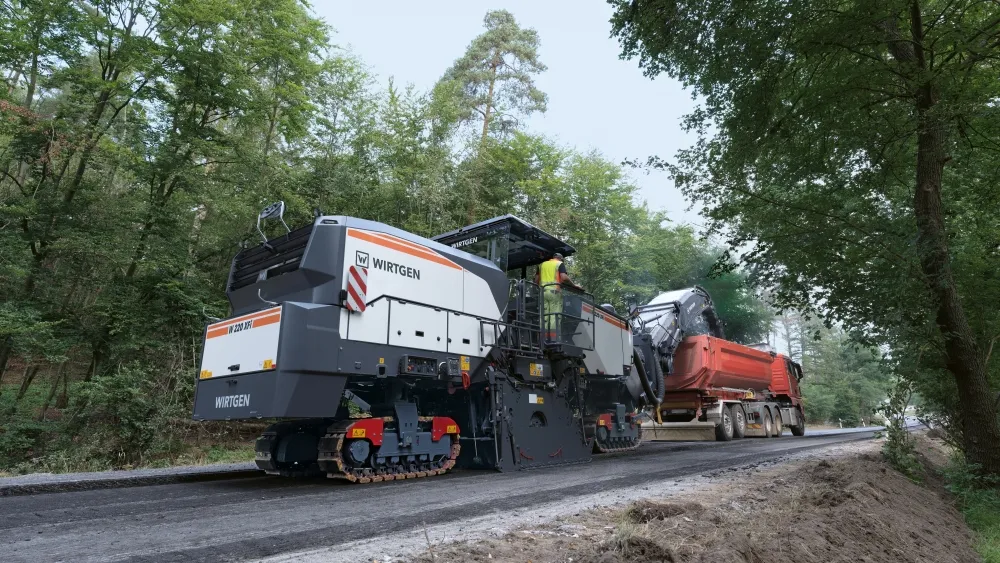Hitachi Construction Machinery (HCM) has unveiled its first mass production hybrid-wheeled loader, the new ZW220HYB-5 hybrid, which has been designed and constructed at HCM’s factory at Ryugasaki in Japan. The ZW220HYB-5 incorporates 100% proven Hitachi group technology from the Shinkansen (bullet train) and EH-series dump trucks, which has been specially developed for the hybrid-wheeled loader. To achieve this, the ZW220HYB-5’s four-cylinder engine powers a generator, which produces energy to drive two ele
January 6, 2017
Read time: 2 mins

The ZW220HYB-5 incorporates 100% proven Hitachi group technology from the Shinkansen (bullet train) and EH-series dump trucks, which has been specially developed for the hybrid-wheeled loader. To achieve this, the ZW220HYB-5’s four-cylinder engine powers a generator, which produces energy to drive two electric travel motors. When the machine is rolling or braking, it continues to store electricity in a capacitor. Under acceleration, it uses energy by the generator and the capacitor, and so less revs are required when it reaches normal travel speed. The control units are the key to the electrical power process and engine operation. For example, when lifting and loading automatically the engine’s rpm increases in regard to the load, and there is no need to use the accelerator pedal. HCM says there are four main benefits of the hybrid system: reduced fuel consumption, enhanced reliability and safety, less noise, and easy operation. The company claims the ZW220HYB-5’s hybrid system will improve fuel efficiency by up to 26% compared to the previous conventional ZW220 wheeled loader. The machine is also less noisy: 5dB(A) less in the cab, which makes the working environment more comfortable for the operator, and 2dB(A) less outside. The hybrid-wheeled loader has been tested extensively by HCM’s customers at quarrying and waste handling sites in Japan, and the feedback has been “extremely positive”.







